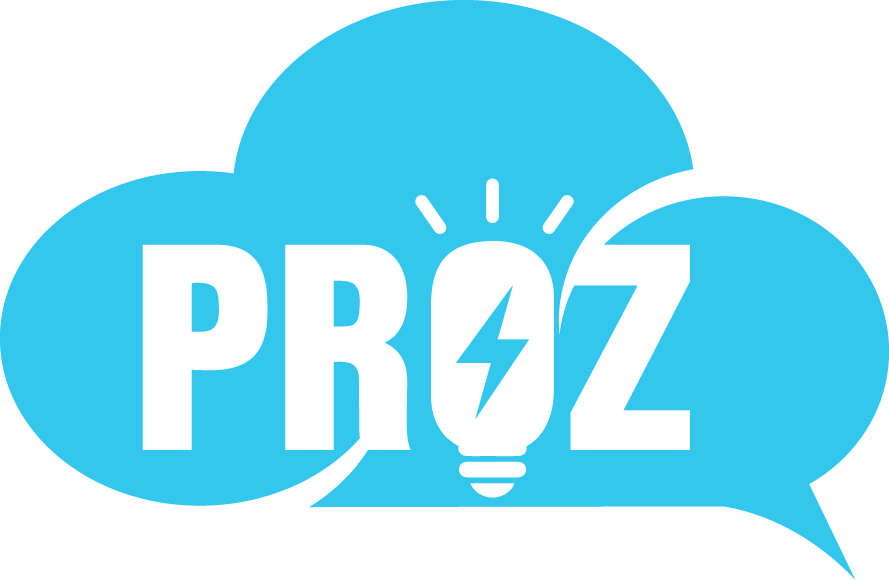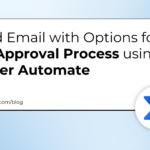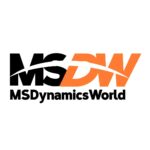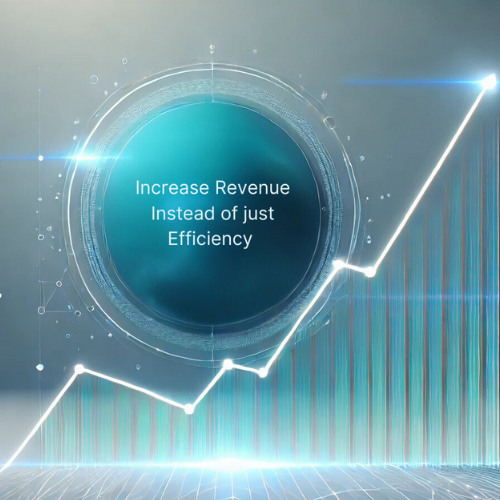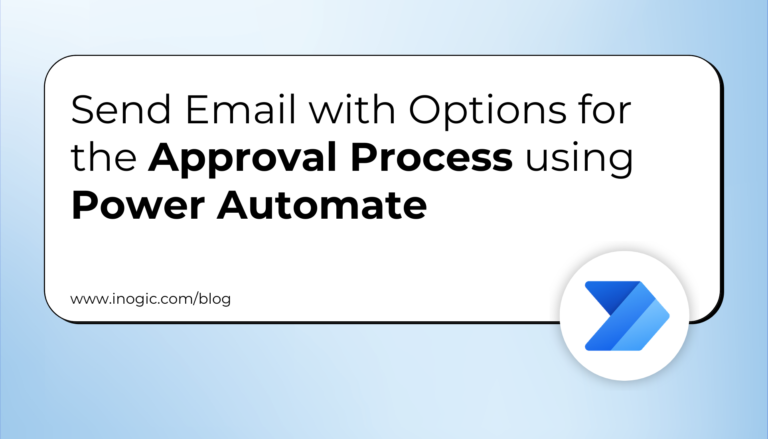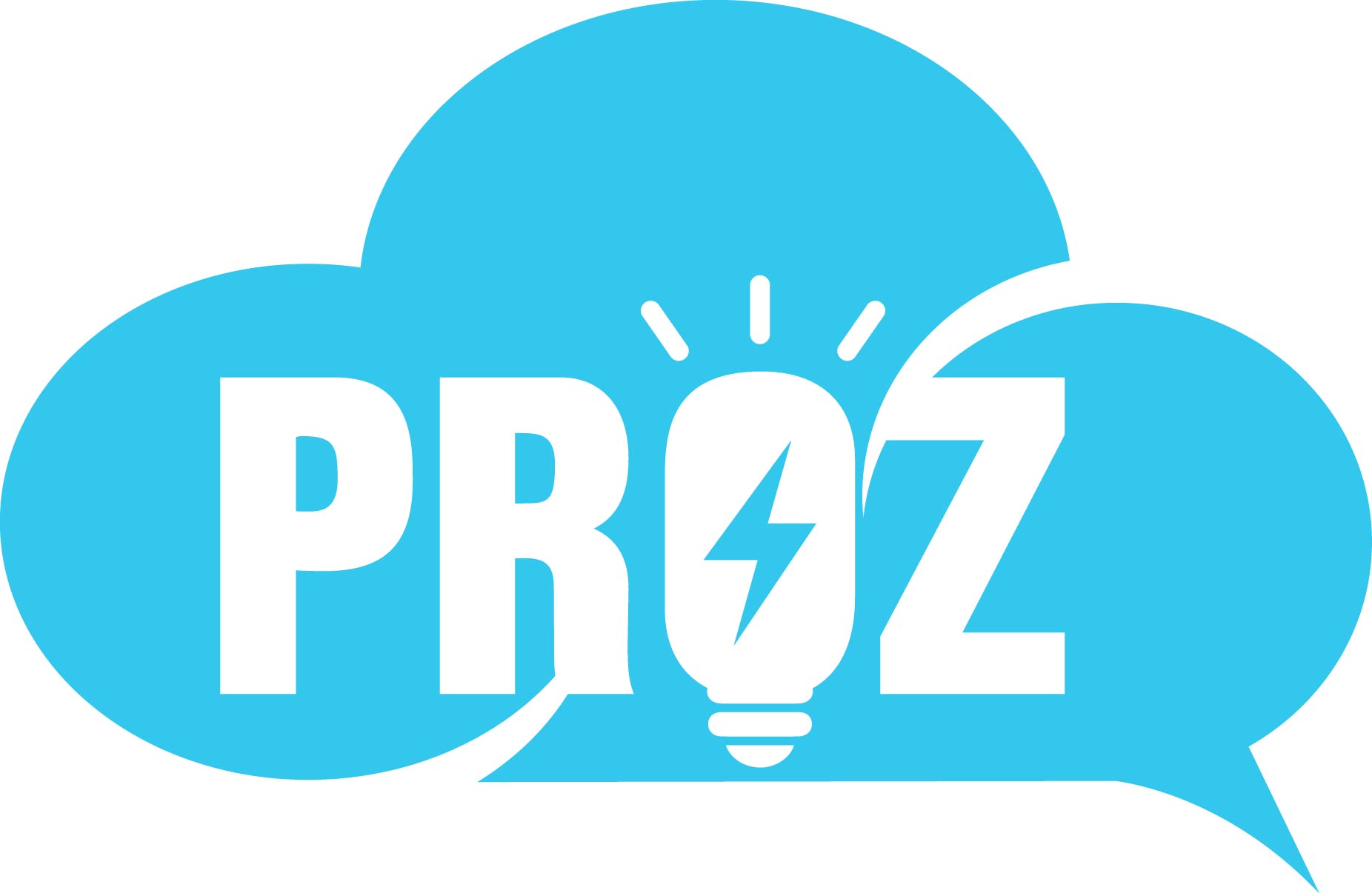Words hold power — in friendships and communities, but also in sales. Using the right sales terms can make your prospect feel secure instead of defensive, as if they’re investing in an answer rather than being pressured into a decision.
You’re not selling tools or closing contracts; you’re offering solutions and building partnerships. You don’t push the cheapest option; you position what’s cost-effective. The right words disarm resistance, frame solutions as opportunities, create urgency without pressure, and evoke empathy while diffusing negativity.
Whether you’re just getting started in sales or you’re onboarding new sales team members, I’ll share the best and most common sales terms used today. Not only that, but I’ll define them and provide context for using — or avoiding — them as well.
Drive pipe faster with a single source of truth
Discover how Sales Cloud uses data and AI to help you manage your pipeline, build relationships, and close deals fast.


What you’ll learn:
What are sales terms?
Sales terms are words, phrases, and concepts used in sales conversations. Some simplify complex ideas, others spark urgency or empathy, and a few are just insider jargon that risk confusing your audience. Sales terms ultimately shape every stage of a deal: They set the tone at the start, guide the conversation toward solutions, and create clarity and confidence to drive the deal home.
70 key sales terms explained
ABC (always be closing)
- A sales philosophy centered on persistently closing deals at every stage of the process, popularized by Alec Baldwin’s character in the 1992 film “Glengarry Glen Ross.” While “Always Be Closing” reflects the aggressive tactics of the past, modern sales prioritizes relationships and gathering as much context as possible to address customers’ needs. The takeaway remains: Stay focused, and keep the momentum going.
Account
- A business, customer, lead, or prospect a company engages with to sell products or services to. Today, all interactions, contact details, preferred services, and transaction histories are stored in customer relationship management platforms (CRMs).
Account-based selling
- A sales strategy in which the entire organization collaborates to target and engage high-value accounts using highly personalized messaging. This often involves the sales, marketing, and customer success teams. For example, a B2B software as a service (SaaS) company is trying to sell its software solution, and the key decision-maker on the account is a huge Kansas City Chiefs fan based on their public LinkedIn and Twitter profiles. After a few unsuccessful emails, the sales and marketing team send a personalized Chiefs-themed gift basket with a customized jersey with the executive’s name. This memorable and thoughtful gift successfully engages the point of contact, and they schedule a demo call.
- A sales professional responsible for maintaining business relationships with prospective and current customers. They’re like a relationship architect that manages accounts, works to understand client needs, and addresses concerns.
Account development representative (ADR)
- A sales professional responsible for developing sales strategies, identifying potential customers, maintaining market awareness, and initiating outreach to book more demos and meetings.
Adoption process
- The steps a potential buyer takes to evaluate, accept, implement, and integrate (or reject) a new product or service. The process comes in multiple stages:
- Awareness of the solution
- Interest in benefits
- Evaluation of fit
- Decision-making
- Onboarding
- Ongoing usage (loyal customer)
- A complete AI system that integrates data, AI, automation, and humans to deploy trusted AI agents for concrete business outcomes. It works by giving teams tools, services, and agents that can tap into the power of a large language model (LLM) and connected business data to identify what work needs to be done, build a plan to complete the work, and then execute the plan autonomously.
AIDA
- An acronym that stands for attention, interest, desire, and action. These are the four steps of the traditional purchase funnel, guiding customers from awareness to purchase.
Annual contract value (ACV)
- The average annual revenue generated per customer contract. ACV is most commonly used to assess the time required to turn a profit on the money spent to acquire a customer.
ARR (annual recurring revenue)
- A high-level metric calculating the predictable and consistent revenue from a company’s products and services projected over one year to determine expected yearly revenue.
Bad leads
- Prospective customers unlikely to convert into paying clients, potentially leading to inefficient use of sales resources.
BANT framework
- An acronym that describes a methodology to evaluate leads
- Budget: Do they have the financial resources for your offering?
- Authority: Who at the company makes buying decisions?
- Need: Does the prospect have a problem your product or service can solve?
- Timeline: What is the timeframe for the prospect’s purchasing decision?
Benefit
- The value of a product or service that a consumer experiences, distinct from features; sales reps should sell based on benefits supported by features. Quantify the benefit with stats wherever possible. Paint a picture of the prospect’s life after the purchase, and use the “so-what” test. The benefit needs to tie directly to their business outcome or personal success.
Bluebird
- An unexpected sales opportunity that drops into a salesperson’s lap, often without significant effort. While everybody loves a bluebird, they’re unpredictable and unsustainable. However, a strong reputation and exceptional branding can increase your chances of finding bluebird opportunities.
Bottom of the funnel
- The final stage in the sales funnel, where prospects are close to making a purchasing decision.
Business development representative (BDR)
- A sales team professional dedicated to outbound lead generation, reaching out to prospects to create sales opportunities. BDRs are the front line of the sales team, ensuring the pipeline remains full.
Business-to-business (B2B)
- A model in which businesses sell products or services directly to other businesses. For example, Salesforce, McKinsey, and Deloitte have enterprise sales teams that sell to other large businesses.
Business-to-consumer (B2C)
- A model where businesses sell products or services directly to individual consumers. Examples include online retailers, coffee-shop chains, soft-drink companies, and electronics manufacturers.
Buyer persona
- A character that depicts an ideal customer, based on market research and real data, to tailor marketing and sales efforts. Buyer personas are also called ideal customer profiles (ICP), client archetypes, target profiles, customer avatars, and customer blueprints.
- Indicators or behavior patterns from prospects that suggest readiness to purchase, such as specific inquiries or positive feedback. With modern technology, buying signals can be measured in greater depth, such as engagement with particular pieces of content and social media activity.
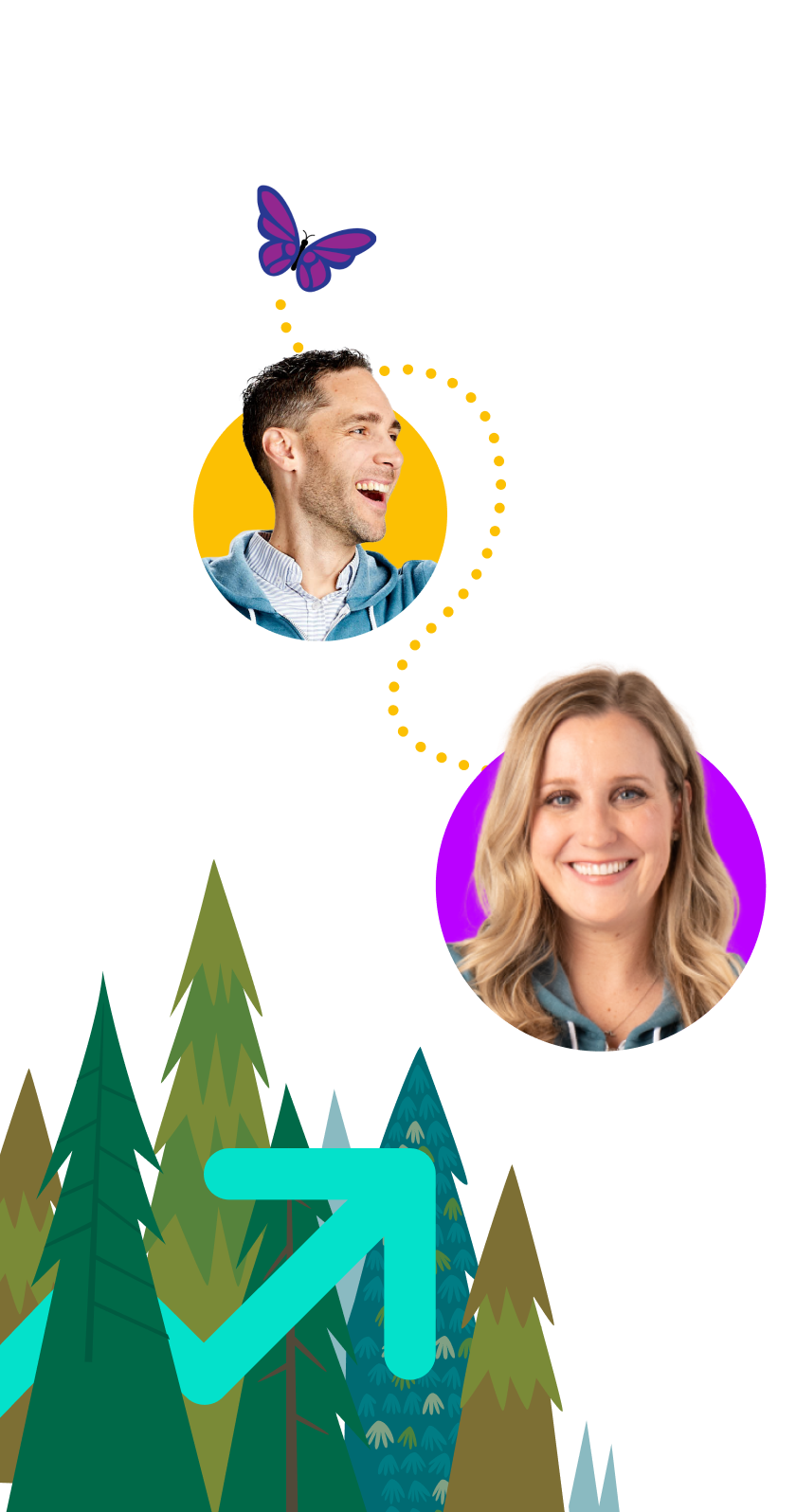
Thanks, you’re subscribed!

CHAMP
- An acronym for a lead qualification framework that helps identify a lead’s challenges and priorities. Champ is short for challenges, authority, money, and prioritization.
Churn rate
- The percentage of customers who end their relationship with a company over a specific period. This metric reflects how well you retain customers: Churn rate formula = (Total customers/Number of customers lost) × 100
Closed-won
- Indicates that a deal has been finalized, resulting in a new customer acquisition.
Closed-lost
- Indicates a deal hasn’t been finalized, and the prospect did not become a customer.
Cold calling
- Making a cold call means reaching out to potential customers without previous interaction between the salesperson and the company.
Commission
- The payment a sales rep receives when they make a sale, often a percentage of the sale. To automate this process, incentive compensation management software tracks, measures, and manages payouts based on individual performance.
- The percentage of prospects who take a desired action, such as making a purchase, out of the total number engaged.
Cross-selling
- Cross-selling is the strategy of selling additional, complementary products or services to an existing customer.
Customer acquisition cost (CAC)
- The total expense to acquire a new customer, including marketing and sales costs.
Customer lifetime value (CLV)
- The total revenue a business can expect from a single customer account throughout the entire business relationship. CLV is most often used when calculating how much a company should spend on acquiring a new customer profitably.
Decision-maker
- The individual within an organization with the authority to make purchasing decisions.
Discovery call
- A discovery call is the initial conversation with a prospect to understand their needs, challenges, and suitability for the product or service offered.
Gatekeeper
- An individual, such as a receptionist or assistant, who controls access to decision-makers within an organization.
Inbound sales
- Inbound sales is a sales approach in which representatives engage with prospects who have initiated contact or shown interest in the company’s offerings. These prospects typically come through organic marketing channels, such as social media, blog posts, webinars, and educational resources.
Key performance indicator (KPI)
- A measurable value that indicates how effectively a company achieves its key business objectives. Useful sales KPIs include win rate, customer lifetime value, average deal size, customer acquisition cost, and pipeline coverage. Misleading KPIs include the total number of generated leads, social media followers, website traffic, and top-line revenue (without profitability).
Lead
- Someone who has shown interest in a company’s products or services but has yet to be qualified. A marketing qualified lead (MQL) has engaged with marketing efforts but isn’t ready for direct sales engagement. A sales qualified lead (SQL) has been vetted and deemed prepared to have a sales conversation.
Lead generation
- Lead generation is the process of attracting and converting prospects into potential customers.
Lead nurturing
- The process of developing relationships with buyers at every stage of the sales funnel until they become customers. Lead nurturing can include personalized email campaigns, sharing targeted content, engaging with prospects on social media, and retargeted ads.
Lead qualification
- Lead qualification is the process of determining whether a prospect fits the company’s ideal customer profile and has the potential to become a valuable customer.
- A methodology used to rank prospects against a numerical scale representing each lead’s perceived value to the organization. The data points can include demographics, engagement history, content consumption, and other buying signals (requesting a demo, asking about pricing, or attending an event).
Loss aversion
- A psychological principle where individuals prefer avoiding losses over acquiring equivalent gains, influencing purchasing decisions.
Middle of the funnel (MOFU)
- The stage in the sales funnel where prospects actively evaluate solutions and weigh them against each other. The goal at this point is to build credibility, educate them about your solution, and nurture them so you stay top of mind.
Monthly recurring revenue (MRR)
- This measures your subscription business’s predictable and recurring revenue components.
Net Promoter Score® (NPS®)
- A metric that measures customer satisfaction by asking how likely they are to recommend the company to others on a scale from 1 to 10. While not entirely accurate, a positive NPS can indicate you have more happy customers than unhappy ones.
Objection handling
- The process of addressing potential customers’ concerns or hesitations during sales. Using objection handling, sales reps can navigate objections by listening actively, empathizing with the prospect’s needs, providing data and social proof, and reframing the objection with a solution.
Onboarding
- The process of training and guiding new customers through the beginning stages of using a product or service to ensure they’re receiving the full benefit of your product or service.
Opportunity
- A label that describes a qualified prospect who is very likely to become a customer; this is often tracked in the sales pipeline.
Outbound sales
- Outbound sales is a sales approach where representatives reach out to potential leads through cold calling, LinkedIn messaging, or emailing.
- A visual representation of where prospects are in the sales process, from initial contact to closing.
- The process of identifying, engaging, and reaching out to potential customers to generate new business opportunities.
- A measurable goal that sellers are expected to reach in a specific timeframe — usually a month, quarter, or year. These usually center on total sales generated, number of deals closed or won, sales activities completed, or a combination of these metrics.
Join the Salesblazer movement
We’re building the largest and most successful community of sales professionals, so you can learn, connect, and grow.

Sales analytics
- The practice of using data analysis and modeling to understand and improve sales performance. Sales analytics can be broken into several categories:
- Activity: number of engagements, follow-up rate, hand-off rate, demo to deal ratio
- Customer metrics: lifetime value, churn rate, retention rate, upsell revenue
- Performance metrics: revenue growth, average deal size, sales cycle length, and win rate.
- Pipeline metrics: pipeline coverage, pipeline velocity, lead-to-opportunity conversion rate
Sales automation
- Sales automation is the use of software to automate business tasks such as data collection, email generation, and reporting.
Sales coaching
- Developing sales skills and knowledge through instruction, training, or mentoring. Today, AI-powered sales coaching tools transform sales teams’ performance by recording and analyzing sales calls.
- The steps involved in turning a prospect into a customer, from initial contact to closing the deal.
Sales cycle length
- The average time it takes to close a sale, from initial contact with a prospect to the final deal. It helps estimate pipeline revenue, identify bottlenecks, and determine how often to engage with prospects.
Sales development representative (SDR)
- An SDR is a sales professional responsible for outbound prospecting, qualifying leads, and booking meetings for account executives.
Sales enablement
- Sales enablement is the process of improving the sales organization with the resources, tools, and information to help salespeople sell more effectively.
Sales enablement content
- Materials such as case studies, presentations, e-books, product information, and market research help salespeople engage prospects and close deals.
Sales forecasting
- This involves estimating future sales based on historical sales data, pipeline trends, and revenue data. Sales forecasting allows companies to better plan for the future and drill down on potential roadblocks ahead.
Sales funnel stages
- The phases a prospect goes through in the sales process, typically including awareness, interest, decision, and action.
Sales intelligence
- Collecting and analyzing sales data to improve sales processes, strategies, and performance.
Sales operations
- Sales operations are business activities and processes that help a sales organization run effectively and efficiently and support business strategies and objectives.
Sales operations manager
- A professional overseeing the processes, tools, and technologies supporting the sales team.
- A process that helps businesses track, manage, and improve the work of their sales teams, including forecasting sales, offering training, monitoring activities, managing quotas, and planning incentives.
Sales pipeline management
- The process of overseeing and directing the flow of potential sales opportunities.
Sales qualified lead (SQL)
- A lead vetted by the marketing and sales teams who is deemed ready to buy or have a sales conversation.
Target market
- Specific customers your business seeks to reach and serve who are most likely to benefit from your offerings. The key components of a target market include demographics, geographic location, psychographics, behavioral attitudes, and pain points.
Upselling
- Upselling is a sales strategy that encourages customers to purchase additional premium products or services.
Zero-sum game
- A situation where one party’s gain will inevitably lead to another’s loss. Acquiring a new client may be a zero-sum game for direct competitors, but companies serving complementary functions for the same audience should consider partnerships.
Sales terms reps should avoid
You have to be familiar with an abundance of sales terms so you can talk with your colleagues in shorthand. But most of your time as a salesperson is spent conversing with people who are not in your sales circle. It’s important to be thoughtful about your choice of words. Here are four common pitfalls to watch for:
Negative words that elicit doubt or negative emotions
Certain words can trigger defensiveness or discomfort. Sales is about fostering trust, and language that feels aggressive, vague, or overly transactional can erode that.
| What to avoid | What to say instead |
| Contract Sounds rigid and formal | Agreement More collaborative and approachable |
| Cost Focuses on expense rather than value | Investment Highlights long-term benefits |
| Cheapest Implies low quality | Cost-effective option Suggests value without compromising quality |
| “I’m sorry to bother you.”Signals insecurity | “I’d like to explore how we can help your team.”Positions the rep as a partner, not a nuisance |
2. Words that obscure your value
Overusing technical terms or buzzwords can make your pitch feel impersonal and overwhelming. Prospects care about what your product does for them, not the mechanics behind it.
| What to avoid | What to say instead |
| synergy, paradigm shift, pivot Buzzwords that lack clear meaning |
“You’ll see which leads are actively searching for solutions like yours.” Specific and relatable |
| Intent data Unclear without explanation |
“This tool will cut your report time in half, so your team can focus on strategy.” Outcome-oriented, not feature-focused |
3. Internal sales jargon
Even in B2B sales, never assume your prospect understands the language of your internal sales process. Using insider terms such as “mutual action plan” or “deal desk” with prospects can create confusion and signal you’re more focused on internal processes than their needs.
| What to avoid | What to say instead |
| Discovery session Too salesy and formal |
“Let’s spend some time identifying your goals and how we can help.” Clear and approachable |
| Proof of concept Unfamiliar industry term |
“We can run a trial so you can see how it works in real time.” Easy to understand |
| “Let’s make a deal.” Sounds high-stakes |
“How can we partner together?” Collaborative |
4. Concepts you’re unable to explain
Misusing terms you don’t fully grasp can damage your credibility. Prospects will sense hesitation or inconsistency, undermining trust. Avoid jargon and concepts you’re unable to explain at a fifth-grade level.
| What to avoid | What to say instead |
| Very complicated terms like “frontier model” or “hyperparameter” without context Technical and complex |
“Here’s how this works and the outcome you can expect.” Focus on benefits, not technical details |
Quick guidelines for clearer communication
- Be direct and confident: Avoid being intentionally obscure, often signaled by saying “to be honest” or “let me explain” and then rephrasing your statements. Say what you mean from the start so that everything is clear and transparent.
- Eliminate fluff: Replace vague buzzwords with specific outcomes. Instead of “synergy,” talk about how your solution brings teams together seamlessly.
- Simplify your language: Speak at a third- to fifth-grade level, even with highly educated prospects. For example, “intent data” becomes “you can see what topics your leads are researching.”
- To practice, you can use any number of writing tools that assess your language level. (If you’re trying to change your speech, you can just write down a sample of what you’d say aloud.) You can also have someone far removed from your industry listen in on a sales call or presentation and ask them what parts were confusing.
- Focus on positivity: Frame everything as an opportunity, not a problem. Instead of “basic package,” say “essential plan.”
Choose your words wisely
Sales language holds incredible power, particularly in shaping how prospects perceive value and trust. The right words disarm resistance, frame solutions as opportunities, and establish partnerships rather than a transaction. But it’s equally important to avoid confusing prospects with sales jargon. What is sales if you’re not understanding your customer’s needs or speaking the same language? Every sales conversation is always about asking good questions and getting to know your customer better.
Ultimately, words are not just tools. They’re bridges to building trust, confidence, and partnership. By mastering clear, focused communication and eliminating ambiguity, you can turn conversations into conversions, build stronger relationships, and ultimately drive better results.
Onboard fast, sell faster
See how Sales Cloud speeds up the sales cycle with data and AI, making you more efficient at every step.



